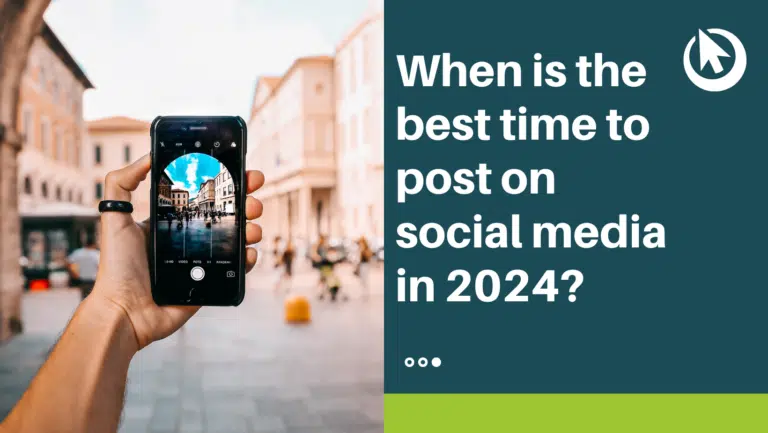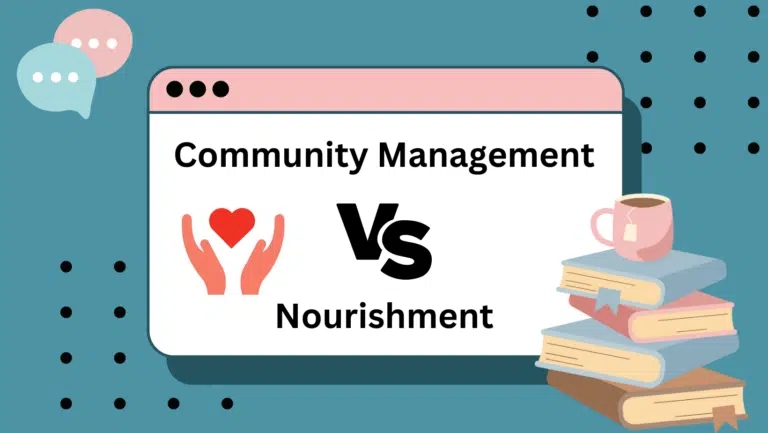The internet and digital marketing can be a difficult place to try and find your footing. It’s congested with many different businesses, influencers and regular people who are trying to get more attention through social media and other various platforms. Attempting to make an impact can feel incredibly daunting, but there’s plenty of untapped potential in content marketing that can make you stand out. So in this article, we’re going to talk about how you can utilise content marketing to help maximise traffic to your brand, website or even just your social media pages.
- Create Evergreen Content
Evergreen content is essentially content that will continue to stay relevant no matter how old it is. In other words, it has a very good shelf life and will always be a piece that people can refer to for entertainment or knowledge. Here are a couple of tips to help you create evergreen high quality content to drive traffic.
- Stop writing content for specific seasons – If you love making those “how to x in winter” or “why summer is the best time for y” then you’re making it far too relevant to the specific season. This creates content that will only be popular during those seasons and will not gain popularity otherwise.
- Remove references to current popular culture – This is unavoidable if your blog or business is all about the latest trends, but you should always mix a couple of pieces that don’t make reference to current trends if possible. This will help increase traffic because it will remain relevant many years from now.
- Offer something useful to readers – Creating evergreen content means making something useful that readers can refer back to. For example, providing tips on how to fix a computer will always be relevant even when computer hardware changes because there could be people looking to repair something older.
- Consider What Your Audience Wants
Great content marketing is about appealing to the niches and interests of your audiences. This does occasionally mean pandering to whatever is popular at the time and chasing trends, but it’s a great way to stand out and your audience will definitely appreciate content when it speaks to them.
A great way to see what content your users would like would be to ask them. If you have a blog then creating a post asking for feedback is always a good choice, and if you have followers on social media you could write up a message and have people share it around and give you some feedback on what they think.
You could also add a site survey to your website, though many people will consider it as spam and try to ignore it to the best of their ability. Some people might even be upset that you’re putting survey questions in front of their face when they browse your site, and the accuracy of a survey can’t always be trusted. Emailing can also work, but it’s also seen as potential spam and might annoy your users.
Lastly, you can research your competition and see what they’re doing with their content. This can help you get new ideas, but you don’t want to copy exactly what they’re doing because it might be seen as plagiarism.
- Make Content Digestible
Content should be easy to digest because most people don’t spend all of their time reading through your articles, blog posts or even watching your videos. If you make a video titled “How to fix X” but they see that it’s 20 minutes long, then it’s not exactly something they can watch while on a work break or on a train. It’s harder to digest and ultimately ends up using more of their time, hence why you should make content easy to digest. Here are a few more tips on how to accomplish this and increase traffic.
- For written content, use shorter sentences and paragraphs and get to the point – People skim through content on the internet so the easier it is to digest, the more impact it will have. Make sure you keep your paragraphs short and focus on creating meaningful headings to organise your writing. Make use of embedded videos, formatting options and images to break up text and stick to shorter sentences. Don’t add too much fluff to a piece and keep it straight to the point.
- For video content, avoid long intros and outros and keep it short – Much like with written content, videos should be short, snappy and avoid any long introductions and outros so that the viewer can get straight to the meat of the content. You should write a script if you’re going to be talking so that you can analyze what you’ll be saying and plan accordingly to ensure that you’re not wasting the viewer’s time.
- For social media posts, keep things concise – Once again, the theme is keeping things short and concise. Don’t write long Facebook posts, don’t extend a tweet with several replies and use pictures when possible to create more impact.
- Focus on Shareability
In such a large connected world, it’s important to make it easy for people to share your content. Word of mouth can be incredibly powerful, especially with the internet, so you have to make use of all available sharing tools and adapt your content so that it fits the framework of shareable content on the internet. Here’s some advice to make your content easier to share.
- Include widgets on your web pages – Widgets to tweet, post on Reddit or even email can be incredibly helpful to increase the visibility of your content.
- Make summaries at the top of every article – A summary will usually accompany any post that shares your content, meaning that people can get a brief idea of what the content will be about before they click and check it.
- Post your content to social media – Make sure you use Facebook, Twitter, Instagram and other social media platforms to share your content and spread it via word of mouth.
- Use relevant pictures that can be added to shared posts – When your content is shared, pictures are often attached to it to make them more visible. By using relevant pictures and avoiding clickbait, you can improve the shareability of your post without seeming ingenious.


